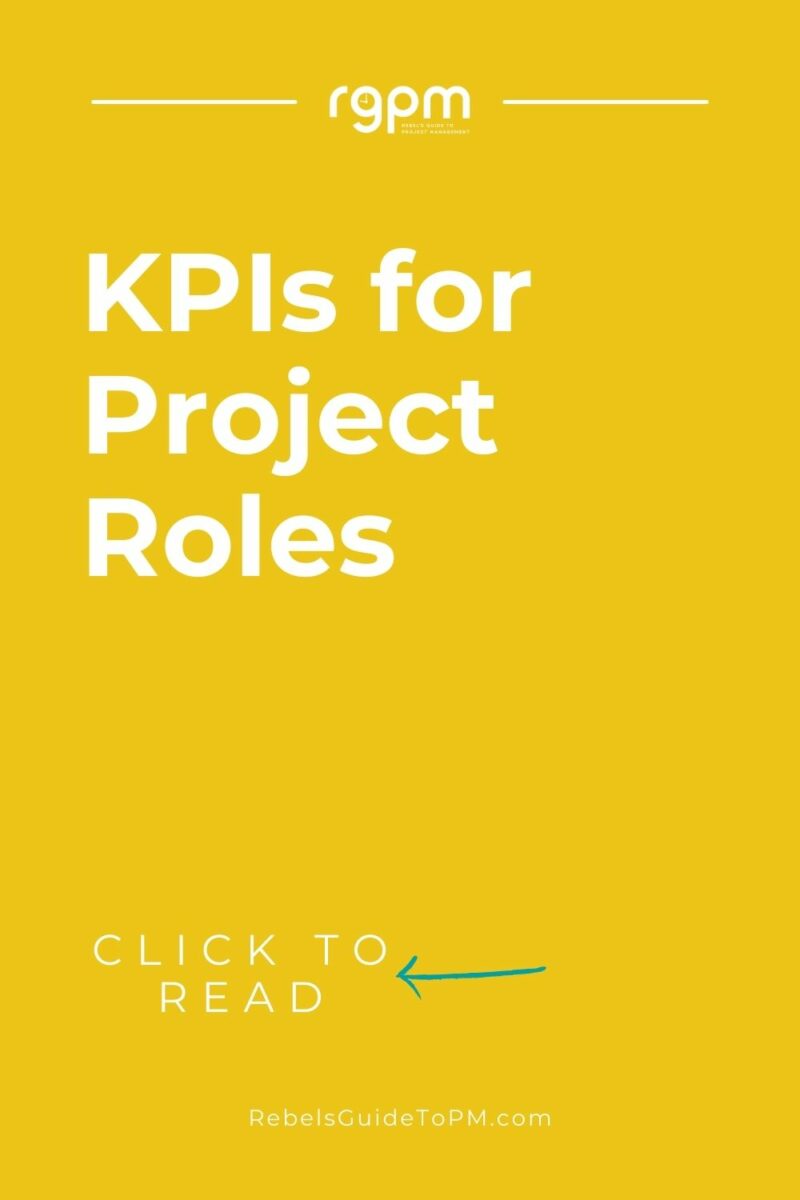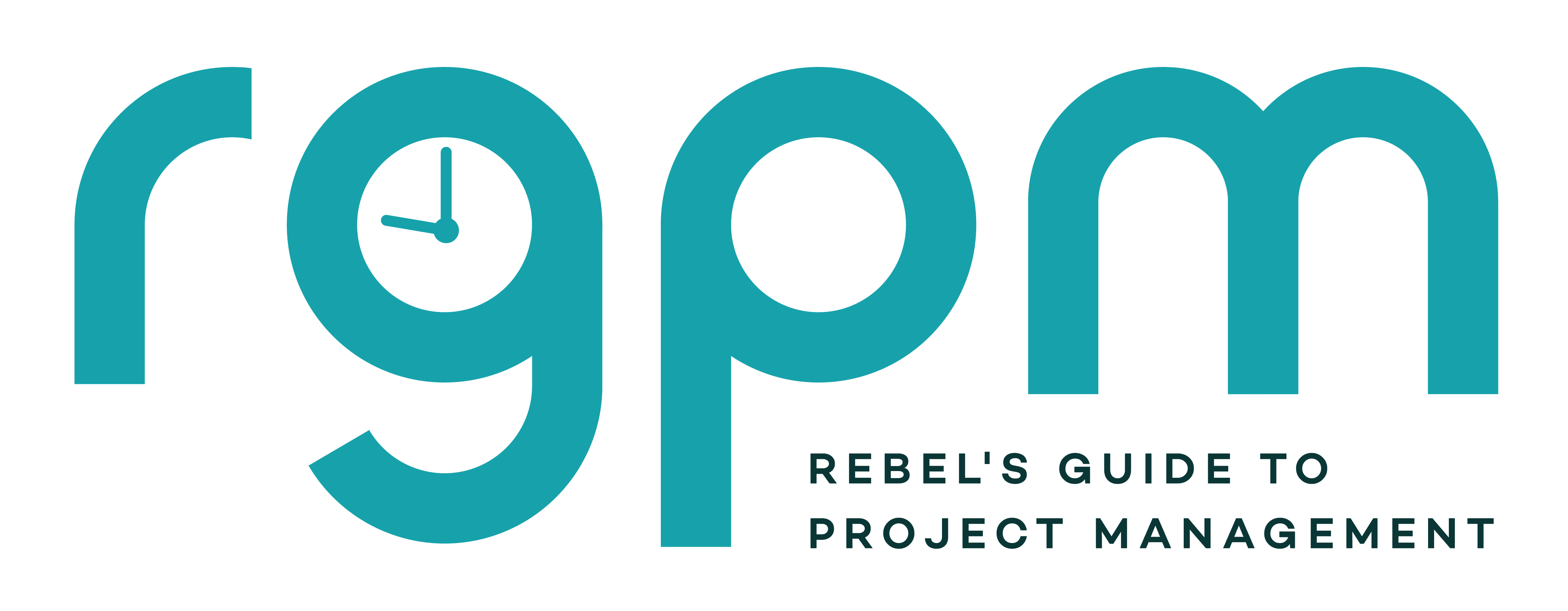KPIs for Project roles
People often ask me how project managers can be evaluated, or what targets should be set for people in project roles.
It’s a bit tricky to provide a one-size-fits-all answer, but I have come up with some Key Performance Indicators for project managers, that you can use as a starting point for your own team.
I find it easiest to start with the ‘why’ of why your team exists. If you don’t have a mission statement or purpose statement for your team, start with that.
Here’s a very generic one that I drafted for a coaching course assignment that you can use as a starting point:
Our vision is to provide project management expertise to enable the organisation to deliver the strategy, driving the right change, at the right time, in the right way, transforming us into an agile organisation.?
OK, on to the KPIs. These are not KPIs for projects – those are however you track project success, so you’ll normally be using measures like cost variance, schedule variance, planned value, cycle time, planned vs actual hours, billable hours etc.
You can track that sort of KPI through your project management software.
But I’m more interested in how you track an individual project manager’s performance. What goals can you set for them that help you compare project managers in a team or assess how well they are doing?

KPIs for Project managers
There are so many ways you could track how well a project manager is performing, but I think it’s quite separate from how the project is going. After all, we can’t always control for all the variables and you’ll probably find that cost, schedule and changes all happen whether the project manager is the best one on the team or not.
- All projects have clearly defined goals
- All projects have benefits clearly identified
- All projects have a defined schedule and project budget
- All projects have a change impact assessment completed for key roles
- All project milestones, risks and issues are documented in the tool
- All completed projects have a closure document that includes lessons learned
If you want to pull up the project management software dashboard at the time of a performance review and check their project’s resource capacity, profitability, CPI, SPI, EV etc etc, then do, but give the project manager a chance to explain why their numbers aren’t the only thing that determines whether they are doing a good enough job.
KPIs for project coordinator
These KPIs could also work for a team coordinator, team PA or other admin role.
- All project meetings are booked within a reasonable time frame (depends on type of meeting)
- All travel requests are booked within a reasonable time frame (depends on requirement)
- Team meetings are booked, minuted, recorded every quarter
- Team org charts are kept up to date (within a week or a team change)
- All communication is professional, proof-read and dealt with in a confidential manner as appropriate.
As you can see, these are less about KPIs in project management and more about how the individual is doing their job.
KPIs for PMO analyst
- All project action logs are updated within 48 hours of status meetings.
- 80% of purchase orders are raised within 48 hours of request.
- All project lessons learned are added to the database within a week of the meeting.
- The project schedule and milestone schedule are kept up to date.
- Promote efficient ways of working by providing support as required to other team members in using the project management software tool efficiently.
- All status reporting is completed in line with the PMO calendar each month.

KPIs for PMO Manager
These measures would also be suitable for someone in a program management role. Adjust as necessary!
- All Tier 1 projects have clear capacity and resource plans.
- Employee engagement is more than 1% above the true benchmark.
- 100% of strategic plan initiatives are signed off at the relevant governance forum.
- All pipeline and in-flight projects are using the project management software tool.
- Programme board packs are prepared and distributed every other Tuesday.
- Lessons learned are identified across the portfolio and used to inform future projects.
You could also add in customer satisfaction (or NPS). I wrote a book about how to do that easily without any reliance on fancy software, and it works really well with internal customers.
